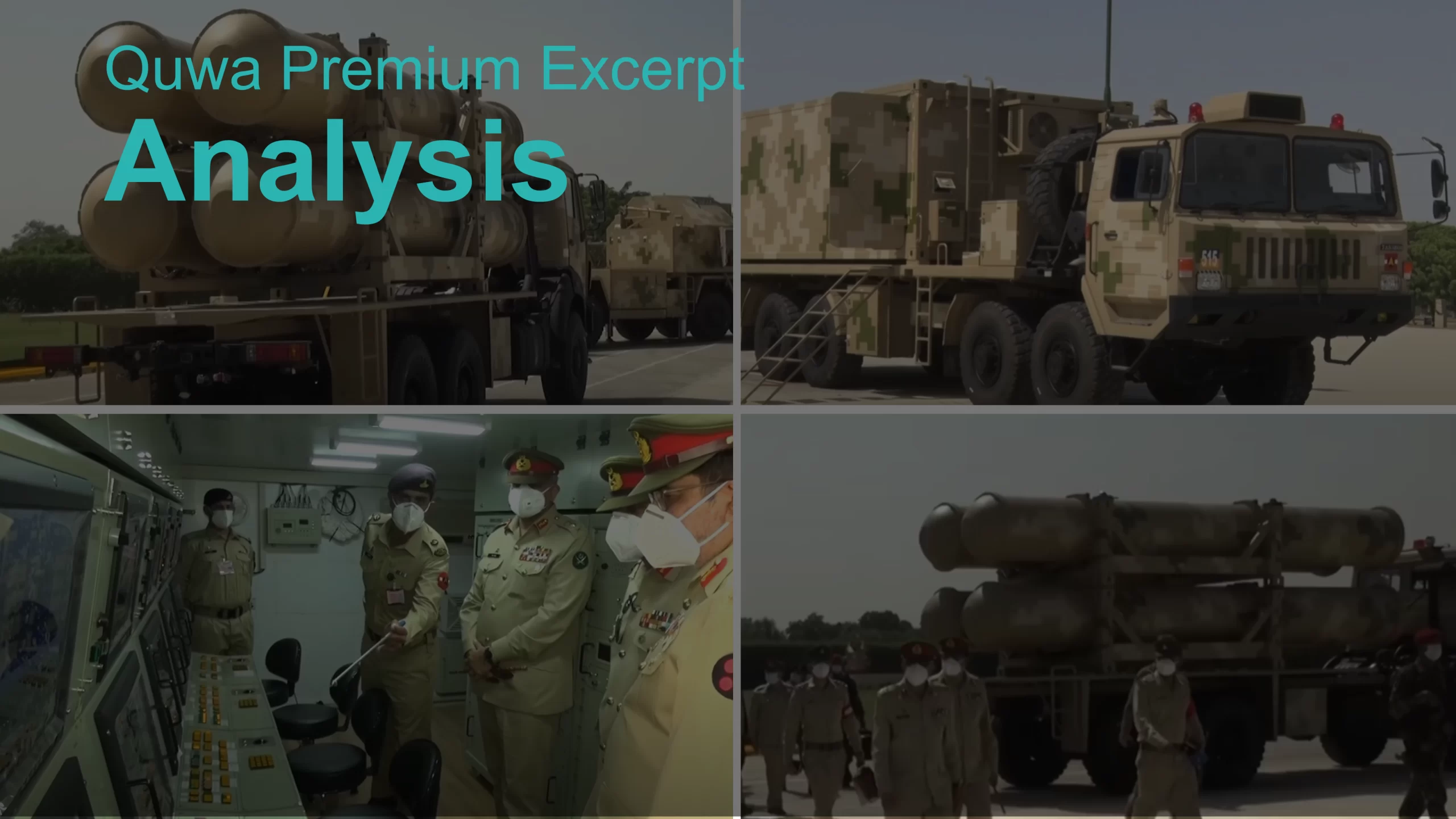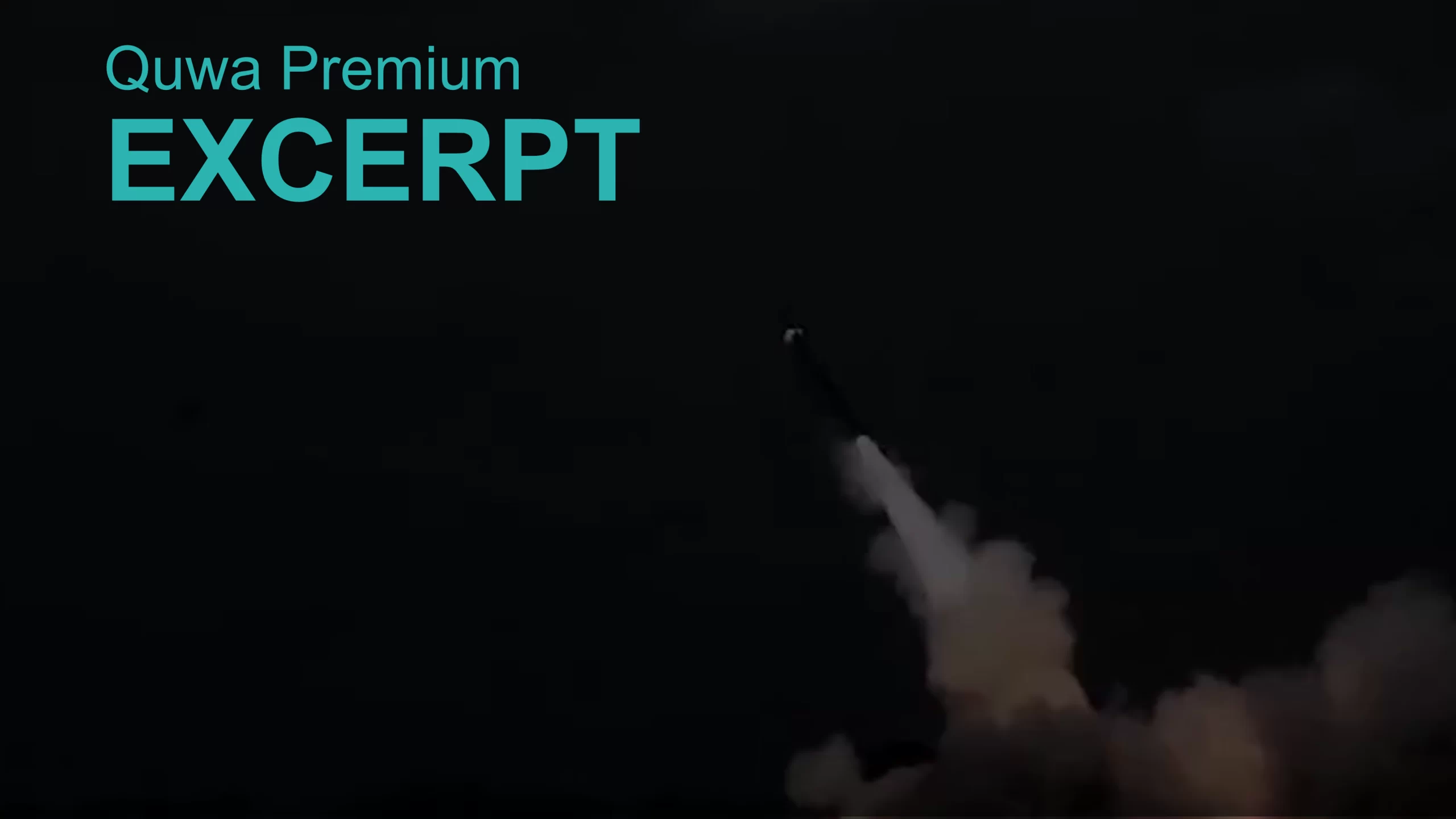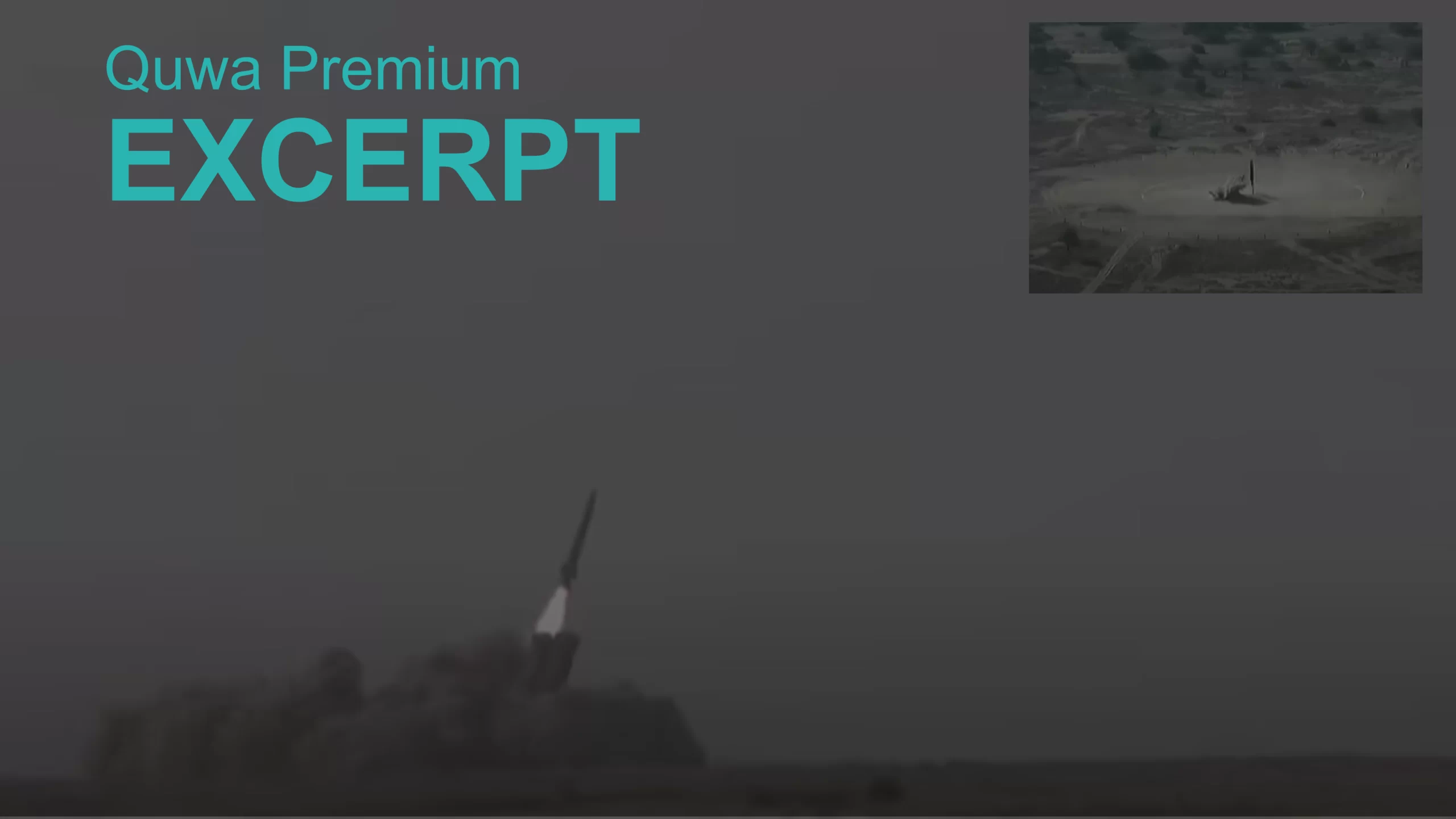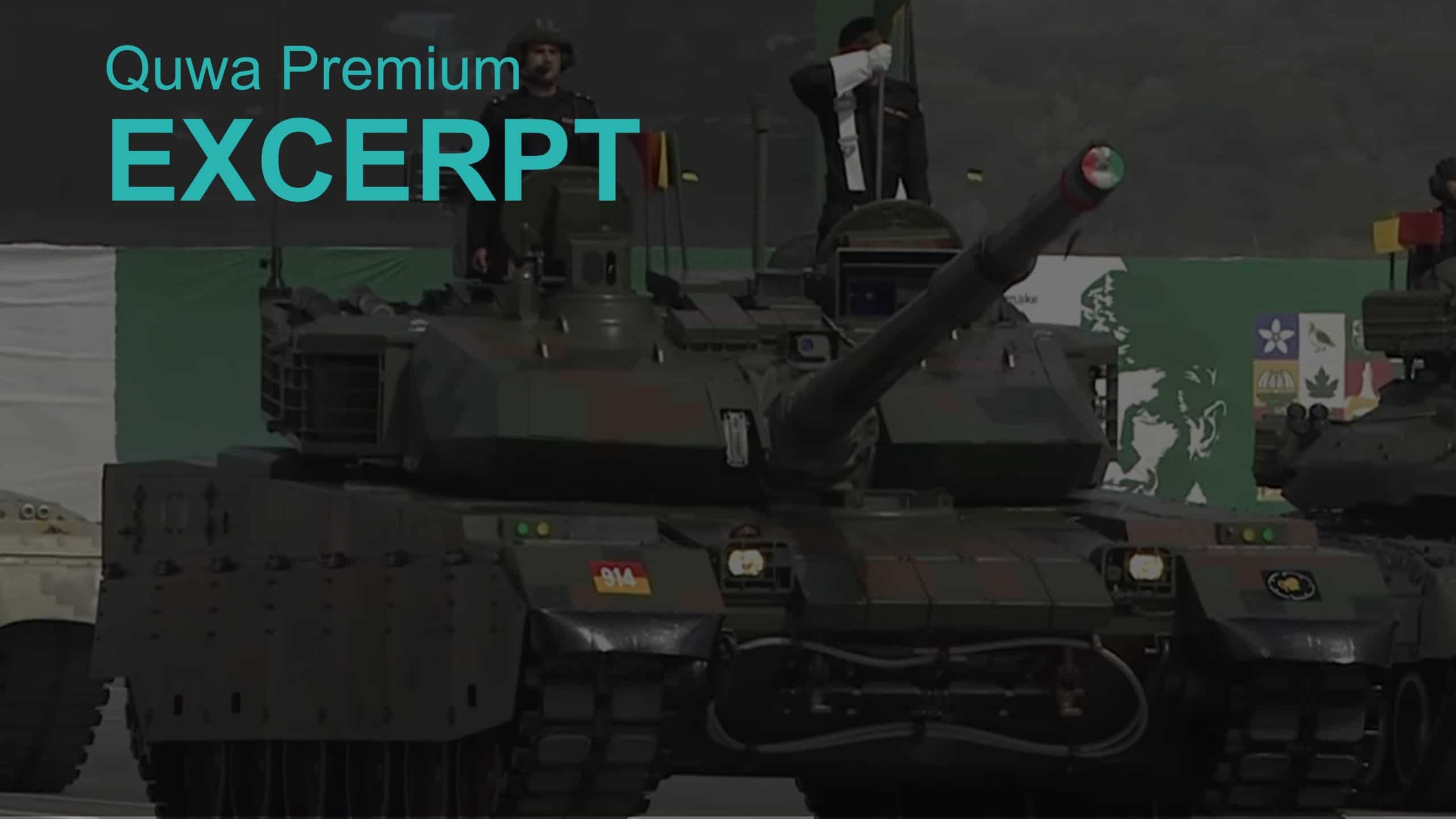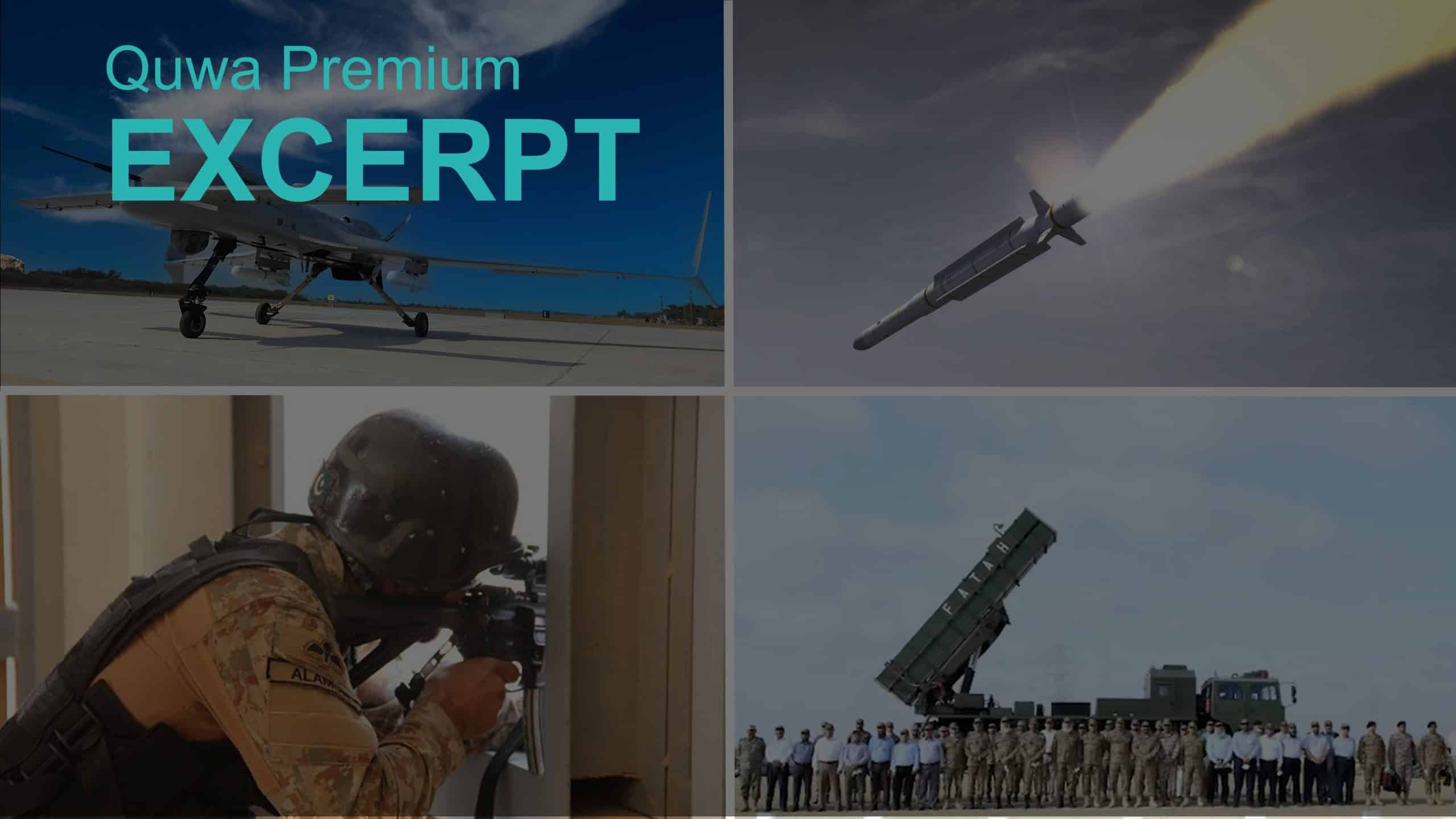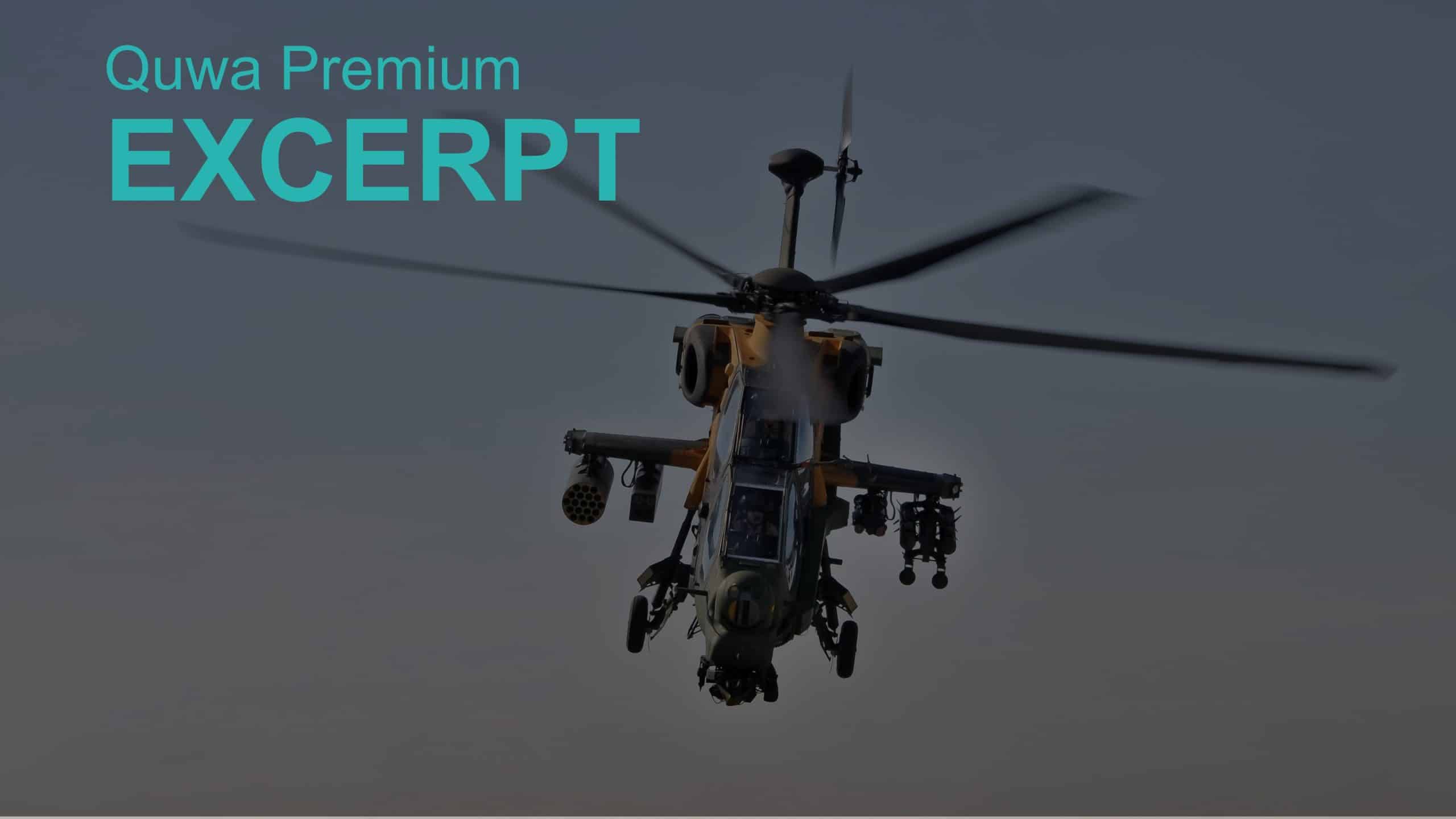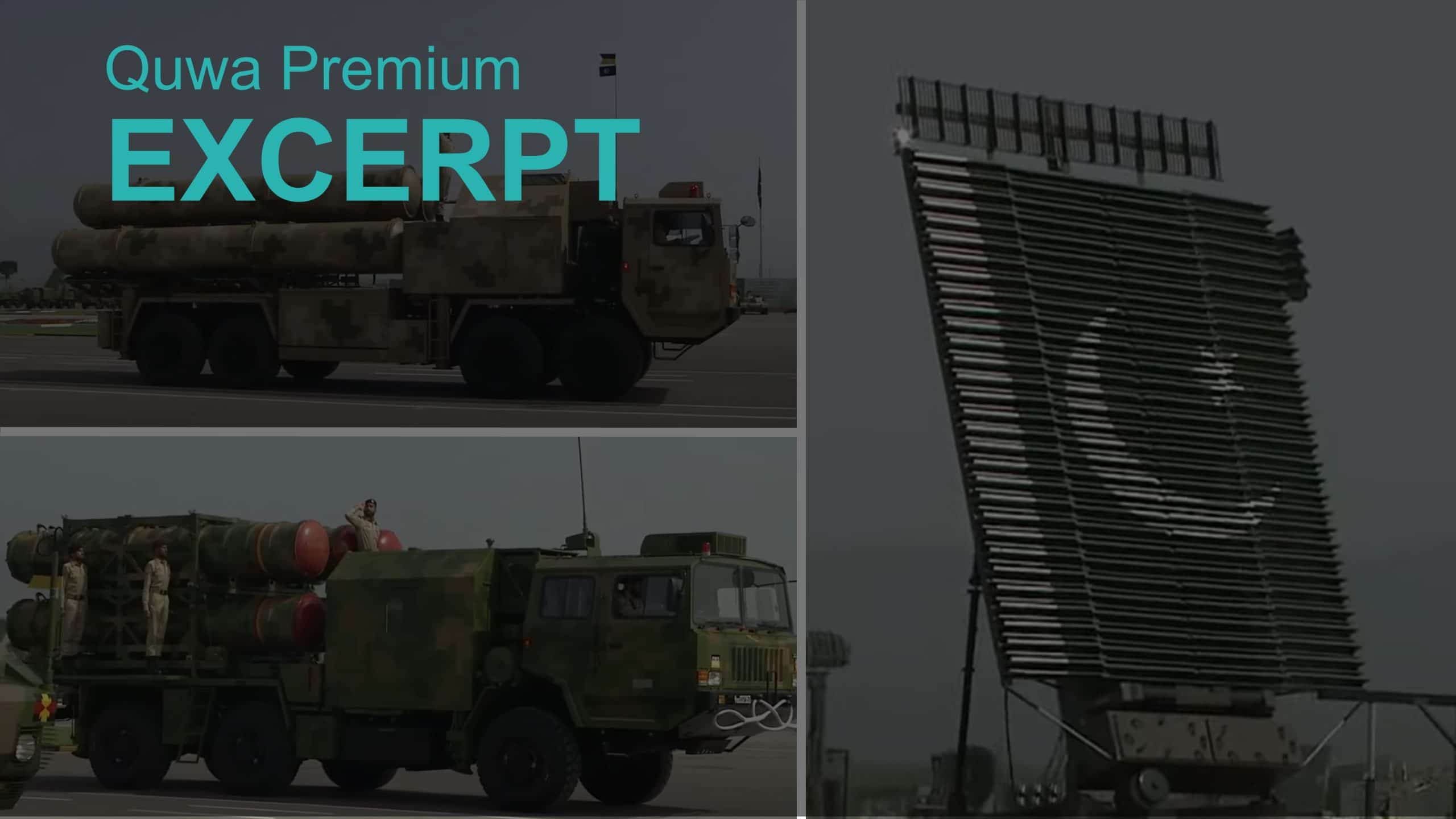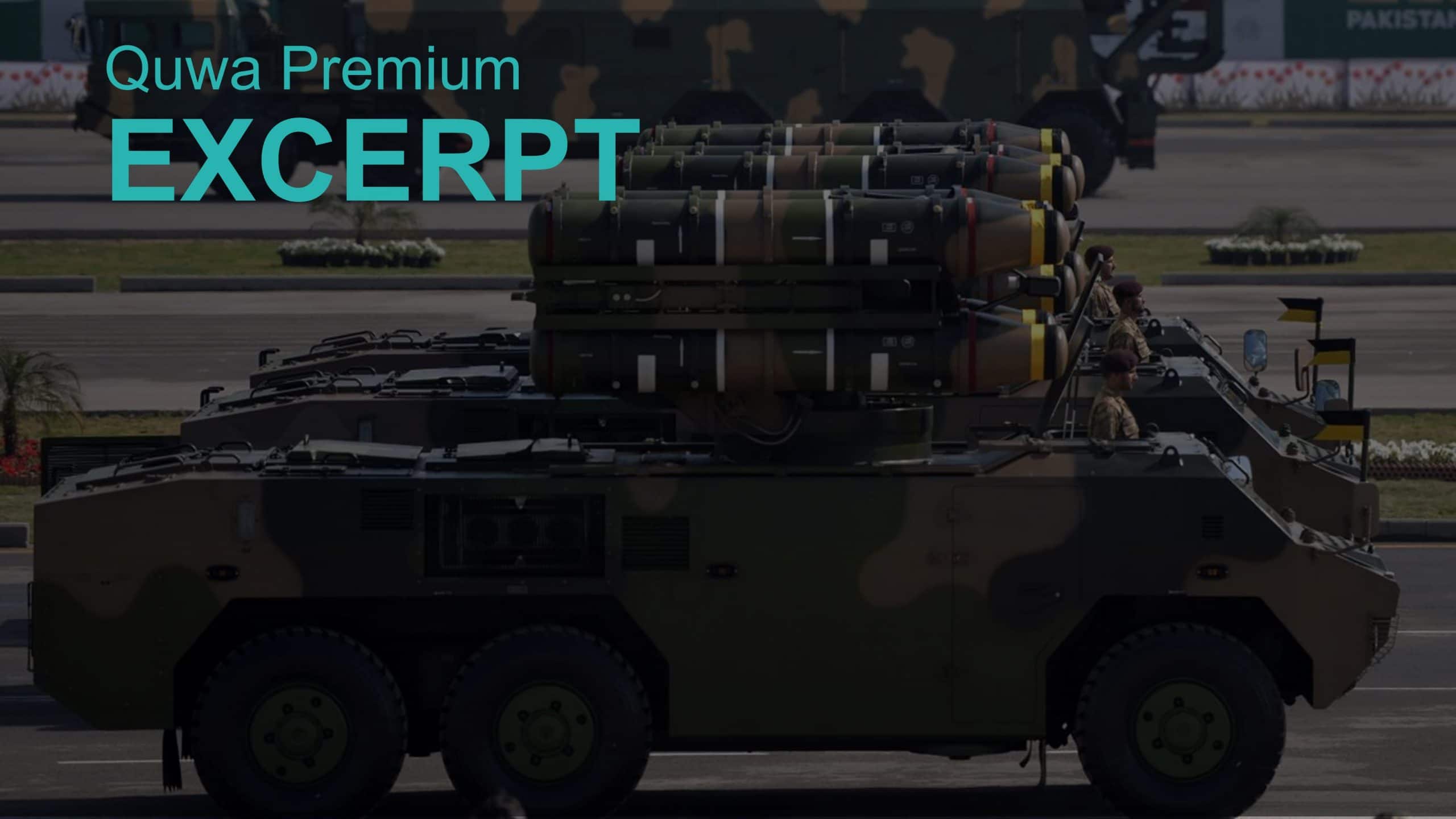Heavy Industries Taxila (HIT) rolled out its first locally produced variant of the NORINCO VT4 main battle tank (MBT), the Haider.
In January, the Pakistan Army (PA) conducted an exercise to test its various air defence systems.
Last week, Iran and Pakistan exchanged guided munition fire across each other’s borders. This analysis unpacks the long-term outcomes.
On 27 December 2023, the Pakistani military announced that it test-fired a new 400 km-range surface-to-surface missile, the Fatah-II.
Heavy Industries Taxila (HIT) is aggressively working towards indigenizing the Pakistan Army’s (PA) forthcoming armour and artillery solutions.
The Russia-Ukraine War provides valuable lessons for Pakistan on how to improve its anti-access and area-denial capabilities against a better-equipped foe.
The US approves an F-16 maintenance package for Pakistan. Turkey is looking to revive the Pakistani T129 deal. Pakistan may be buying a Turkish submarine.
A summary of Pakistan’s overall procurement roadmap and general strategy of its air defence systems.
Pakistan Ordnance Factories (POF) revealed its in-house, original rifles, the BW20 and BW21. The POF BW20 and BW21 are chambered for 7.62×51 mm NATO rounds.
Having fulfilled its long-range air defence requirements with the HQ-9/P, the Pakistan Army (PA) still requires a new mobile short-range air defence system.


